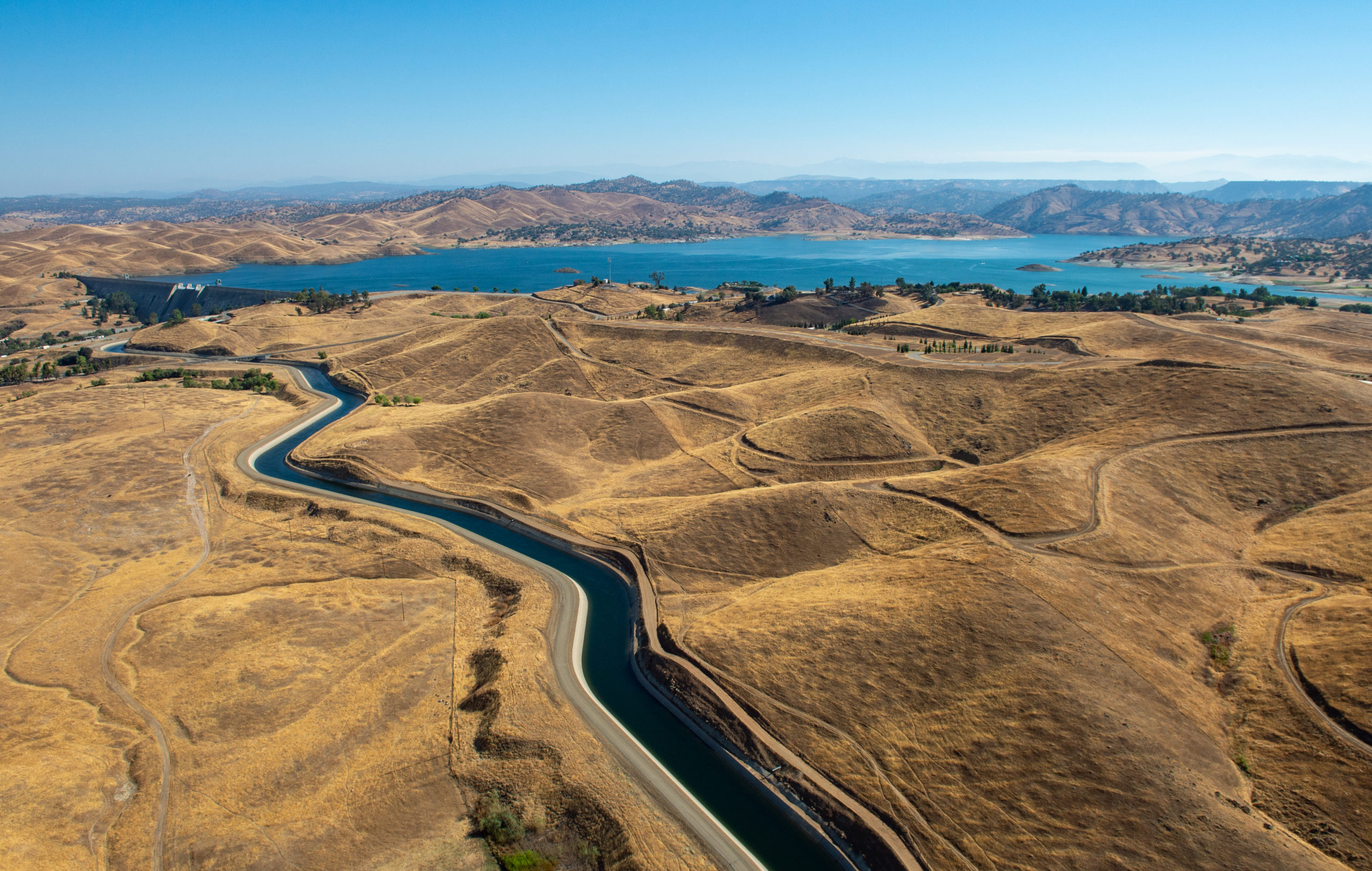If East Porterville and Lanare exemplified the challenges facing small water systems in the last drought, then Teviston’s dry taps have assumed that role in 2021. During the last drought, communities like Lanare showcased the need for operations and maintenance funding despite adequate capital investment. Now, with the establishment of the Safe and Affordable Drinking Water Fund, California has more financial resources available for safe drinking water than at any other time in history. But the history of disinvestment and redlining of vulnerable communities in Tulare County, the ravages of the drought and overpumping groundwater, and the limitations of small water system management cannot be solved overnight. Communities across the Valley, including but not limited to Teviston, are feeling the harsh impacts of the latest drought, and more must be done to protect them.
While recent commentary saddled the state with all the blame for the lack of drinking water in Teviston, local jurisdictions in the San Joaquin Valley must also accept responsibility. Small water systems are caught between the historic legacy of discriminatory policy, dropping groundwater levels caused by overpumping, and chronically failing water systems. Local governments have long resisted providing aid to these communities or initiating processes that could require nearby systems to provide water, particularly when those solutions may impact wealthier neighbors.
Given decades of neglect at the local level, the state has been actively working to ensure the human right to water (which was passed into law in 2012). For example, the state has repeatedly provided funding to small systems like Teviston. In 2017, the state gave Teviston a Proposition 1 planning grant of $475,000 to replace a well. In 2021, the State Water Board gave Tulare County an additional $950,000 to provide emergency water services, another sign of attention to the struggles of communities reliant on small water systems or domestic wells.
Californians going even a day without safe water is unacceptable, and we all share responsibility for righting this wrong. Unprecedented groundwater pumping continues, despite the Sustainable Groundwater Management Act. Unsustainable pumping, combined with our current severe drought, threatens to dry up community wells across the Valley. Local governments and Groundwater Sustainability Agencies (GSAs) must implement mandatory demand reduction to protect access to drinking water and include Well Mitigation Plans to ensure communities have emergency water supplies when wells go dry.
The legislature can help by passing the Drought Planning Act (SB 552), to improve coordination between counties and the state to better track and respond to drought threats before taps run dry. Legislators interested in preventing further water system failures should also pass SB 403, which would give the State Water Board the authority to consolidate “at-risk” water systems. Rather than waiting for systems to fail, as they must under current law, this bill would allow the state to work with troubled water systems proactively toward solutions.
Unfortunately, instead of finding real solutions, some legislators are co-opting their constituents’ suffering for the benefit of the powerful. Claims that state funding to repair the Friant-Kern Canal would benefit Teviston are patently false. According to the Pixley GSA’s 2019-2020 Annual Report, Teviston and even nearby Pixley’s water systems received no water at all from the canal (see Table ES-3 below). Spending billions of dollars to fix canals damaged by groundwater overpumping for irrigation will not meaningfully or directly benefit local communities that do not receive any of that water for drinking. We must ensure our investments and policy solutions do not exploit community suffering to maximize agricultural profits.

Real solutions require accountability from ALL levels of government and must center community needs. This is a moment to hold state and local jurisdictions accountable, and to prioritize solving problems rather than finding scapegoats.
